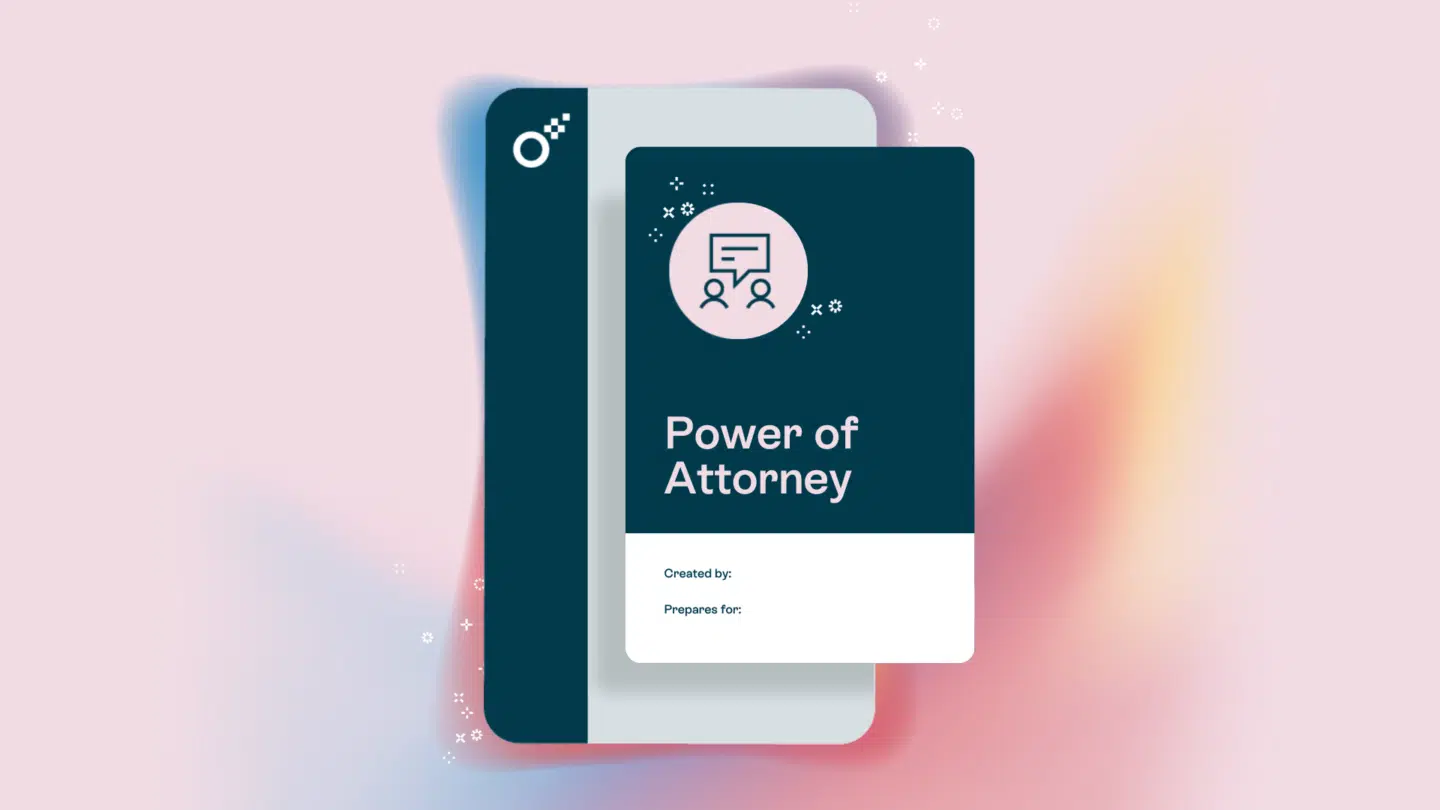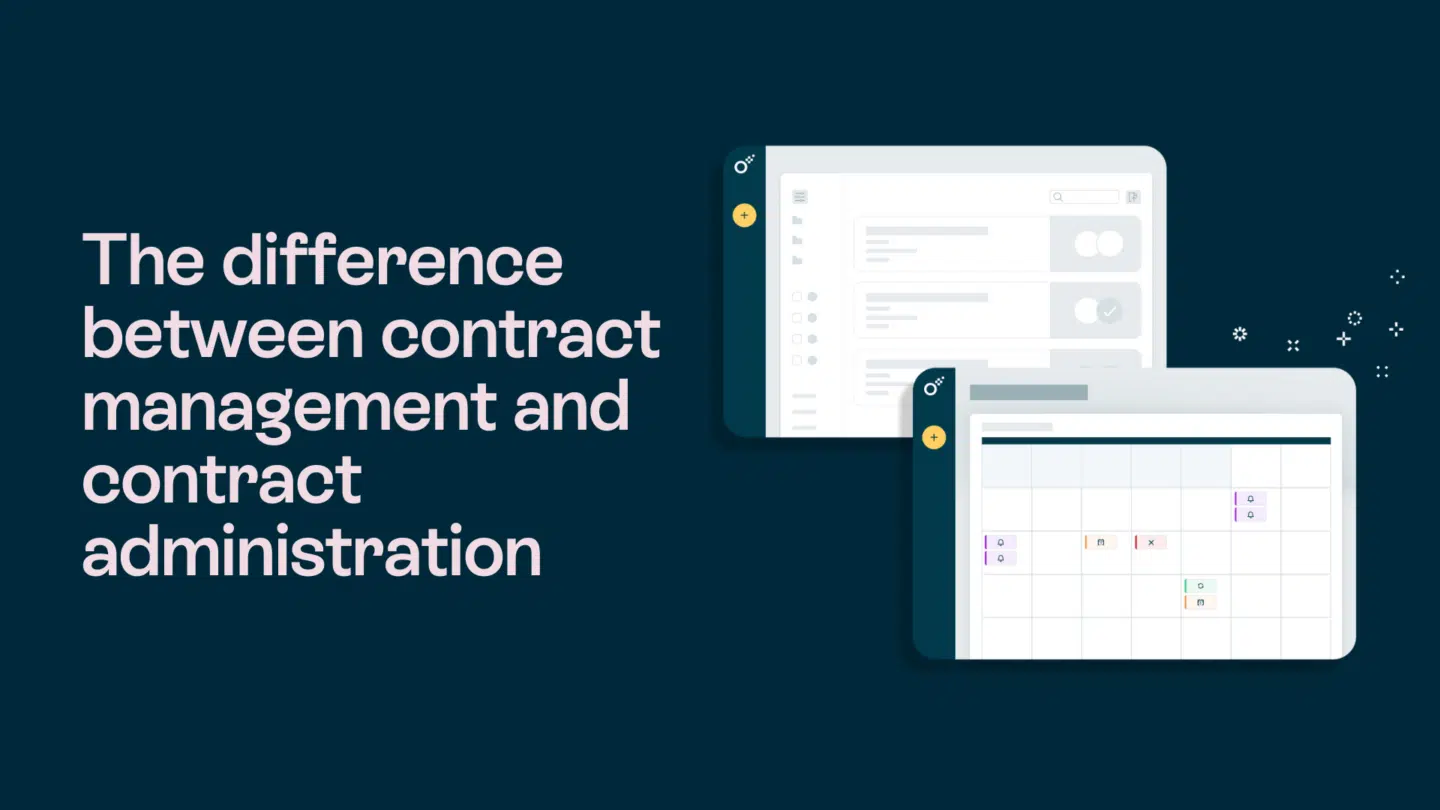A Power of Attorney (POA) is a crucial legal document that allows one person (the principal) to grant another person (the agent or attorney-in-fact) the authority to act on their behalf in specific matters. Whether you need someone to handle financial transactions, medical decisions, or legal affairs, knowing how to properly sign a POA ensures that your interests are protected.
In this guide, we’ll walk you through everything you need to know about signing a Power of Attorney, including key considerations, involved parties, and use cases.

What is a Power of Attorney?
A Power of Attorney is a legal document that authorizes an individual (the agent) to act on behalf of another person (the principal) in specified circumstances. The authority granted can be broad or limited, depending on the type of POA.
Types of Power of Attorney:
- General POA – Grants broad powers to the agent for financial and legal matters.
- Limited (or Special) POA – Allows the agent to handle specific tasks, such as selling a house or managing an investment.
- Durable POA – Remains in effect even if the principal becomes incapacitated.
- Medical POA – Grants authority to make healthcare decisions when the principal is unable to do so.
- Springing POA – Becomes effective only under specific conditions, such as incapacitation.
Read also: What is the difference between an attorney and a lawyer?
Considerations before signing a Power of Attorney
Before signing a POA, consider the following:
- Choose the right agent – Select someone you trust, as they will have legal authority over your affairs.
- Define the scope – Specify the powers granted to the agent to avoid any misuse.
- Understand the legal implications – A POA is legally binding, so ensure you comprehend its impact.
- Check state laws – POA requirements vary by state or country, so verify legal requirements in your jurisdiction.

Who is involved in signing a Power of Attorney?
- Principal – The person granting authority.
- Agent (Attorney-in-Fact) – The individual receiving authority.
- Witnesses – Some states or countries require independent witnesses to validate the POA.
- Notary public – Many jurisdictions require notarization to make the document legally enforceable.
How to sign a Power of Attorney: Step-by-step guide
Step 1: Draft the Power of Attorney document
You can create a POA using an attorney, an online legal service, or by using a state-specific template. Ensure the document includes:
- The principal’s and agent’s full names and addresses
- The specific powers being granted
- The effective date and duration of the POA
- Any limitations on the agent’s authority
Read also: How to sign contracts online? A complete guide
Step 2: Review and understand the terms
Before signing, carefully review the document to confirm that all details are correct and reflect your intentions. Ensure the agent fully understands their responsibilities.
Step 3: Arrange for witnesses (if required)
Some states or jurisdictions require one or more witnesses to be present when signing the POA. Witnesses should be impartial parties who do not benefit from the document.
Step 4: Sign the POA in the presence of a notary public
- The principal must sign the document in front of a notary public to validate its authenticity.
- The agent may also need to sign, depending on local laws.
- Witnesses, if required, should also sign at this stage.
Step 5: File or distribute the document
- Keep a copy for yourself and provide copies to the agent, legal advisors, or relevant institutions.
- File with appropriate authorities if needed, such as a financial institution or healthcare provider.
Step 6: Revoke or update as needed
A POA can be revoked or updated at any time, provided the principal is mentally competent. To revoke a POA:
- Draft a revocation document.
- Notify the agent and any institutions where the POA is on file.
- If necessary, file the revocation with relevant authorities.
Use cases: When would you sign a Power of Attorney?
A POA is useful in various situations, including:
- General meetings – A POA ensures that a trusted representative can make voting decisions on your behalf during business meetings such as annual general meetings that you’re unable to attend.
- Financial management – If you travel frequently or are unable to handle financial matters, a POA allows someone to manage your accounts, pay bills, or make investments.
- Medical emergencies – A medical POA ensures that a trusted individual can make healthcare decisions on your behalf if you become incapacitated.
- Real estate transactions – A POA can authorize an agent to buy, sell, or manage property in your absence.
Final thoughts
Signing a Power of Attorney is an important decision that requires careful planning and legal consideration. By following the steps outlined in this guide, you can ensure that your POA is legally valid and protects your best interests.
If you’re unsure about any aspect of the process, consulting a legal professional can help you navigate the complexities of creating and signing a Power of Attorney effectively.
Disclaimer
All information on this page is derived from publicly available sources. Oneflow does not verify the accuracy, completeness, or currentness of this information. Accordingly, Oneflow assumes no responsibility or liability for any inaccuracies, errors, or omissions in the content, nor for any actions taken in reliance on such information. Users are advised to independently verify any information before making decisions based on it.









